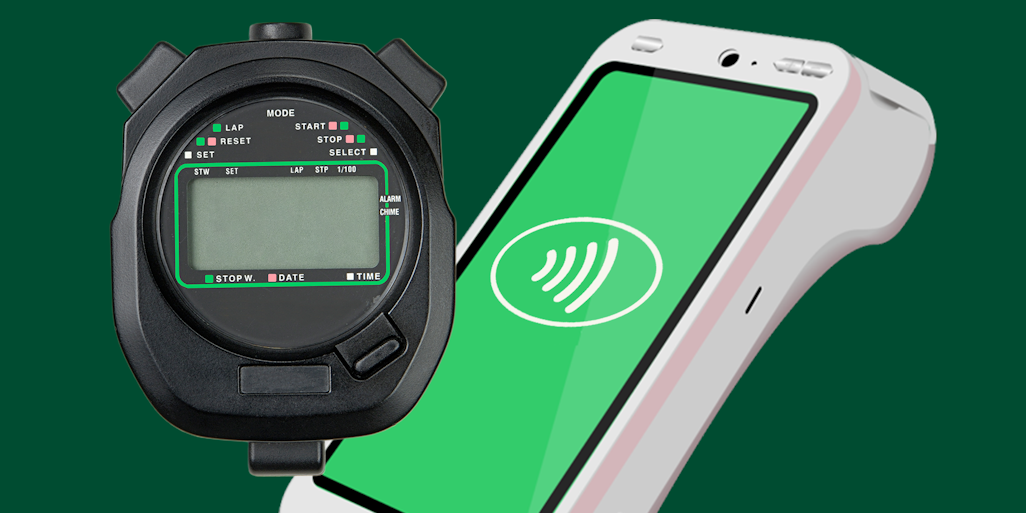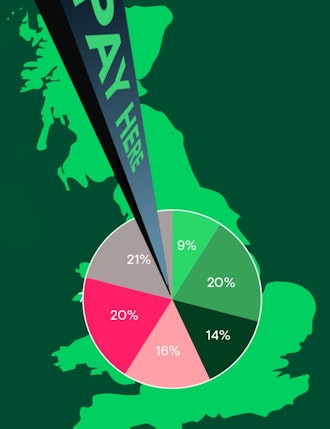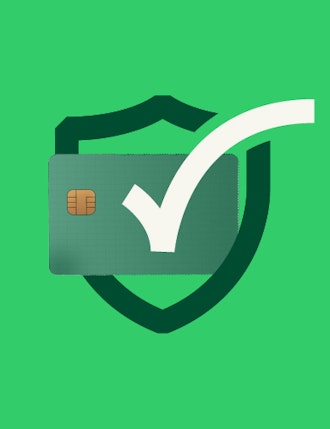Key Insights
-
The most important thing to understand about real-time payments (RTP) is that funds transfer instantly, 24/7/365, giving merchants faster cash flow and happier customers.
-
Benefits go beyond speed: RTP enables instant refunds, better supplier relationships, reduced back-office costs, and richer data for forecasting.
-
One of the lesser-known challenges of RTP is interoperability. Different faster payment systems don’t always connect seamlessly, especially cross-border.
-
Orchestration platforms like Aevi help merchants adopt RTP smoothly, unifying devices, providers, and markets under one flexible system.
Don't have time to read more now? Sign up to our newsletter to get the latest insights directly in your inbox.
So, your merchant’s just made a sale…
…The customer has paid (or at least, they think they have), but the funds won’t actually hit the merchant’s account until tomorrow. In the meantime, they’ve got suppliers to pay and payroll to sign off, all the while waiting for money to clear. Not exactly ideal, right?
Now imagine that same payment arriving in seconds. The money is in their account before the receipt is even folded. Suppliers can be paid, refunds processed, and wages sent, all in real time. That’s what real-time-payments (RTP) are, and, for merchants, understanding them is paramount to ensure a smooth-flow business operation, which is why, in this article, you’ll find out:
- What RTP are and how they work (including implementation tips)
- The benefits of RTP for merchants
- The hidden challenges and how to overcome them
- What RTP mean for the future of commerce
Ready? Let’s go…
What are real-time payments?
RTP are instant, account-to-account transfers that clear and settle in seconds, operating 24/7/365. Unlike card transactions or ACH/bank transfers, RTP have finality, as in, once funds are received, they are immediately available and cannot be reversed, (which is great for merchants).
The most important thing to understand is that RTP aren’t a “new app” or “extra software.” They’re a payment rail your bank or payment provider connects to, and, as a merchant, you experience them through the systems you already use, whether that’s your POS, your eCommerce platform, or your payroll system.
For merchants, therefore, RTP are about removing friction in your payment operations, as with RTP, refunds happen instantly, suppliers get paid without delay, and customers walk away with proof of payment they can trust.
Here’s what you need to know…
Things merchants need to know about RTP
- RTP come through your existing systems
You don’t “log into RTP.” Access is delivered via your bank, PSP, or orchestration platform like Aevi. They work inside your POS, ERP, or payroll tool, you just see the results (instant settlement). Put simply, once you choose to incorporate RTP, they happens instantly without you needing to do anything. - Funds are final and available immediately
No more “pending.” Once money lands, it’s yours. For refunds, customers see cash back straight away, improving satisfaction. - Cash flow gets a lift
Sales revenue becomes working capital on the same day, not days later. That means less reliance on credit lines and smoother liquidity management. - It’s not free, but it can be cheaper than cards
RTP can reduce scheme fees and chargebacks. Per-transaction costs depend on your bank or provider, but for many merchants it’s a more efficient route. - Data travels with the payment
Every transfer carries structured fields (invoice numbers, references). This cuts reconciliation time and feeds better forecasting. - Checks happen before the transaction is approved
With no delay window, checks happen before the transaction is approved, which is great for merchants, as it means real-time monitoring and device-level security. - Not all networks are connected yet
RTP schemes vary by country (UK Faster Payments, India’s UPI, US FedNow). Cross-border RTP are growing but are still complex. Orchestration platforms help merchants expand without building custom links.
How do real-time payments work?
The thing about RTP is their speed. They literally happen within a blink of an eye. The payer’s bank authenticates, the RTP network clears, and the payee sees the funds, all within seconds.
Here’s a helpful table that demonstrates what this looks like against other payment transfer forms…
Payment Type
RTP
Card
ACH/Bank transfer
Speed
Seconds
1–2 days
1–3 days
Availability
24/7/365
Business hours
Limited hours
Merchant impact
Instant cash flow, refunds, loyalty
Fees, chargebacks
Slower reconciliation, lower cost
The business benefits of real-time payments for merchants
It’s good to understand that RTP delivers benefits across the whole merchant journey, from the moment revenue lands, to the way refunds, supplier payments, and even payroll are handled. Let’s break it down.
Improved cash flow
The most important benefit of RTP is immediate liquidity. Receivables post instantly, helping merchants:
- Pay vendors same-day
- Reduce reliance on credit lines
- Smooth cash flow during busy seasons
For example, this means theoretically a B2B supplier receives cleared funds and remittance details in seconds, reducing disputes and speeding up working capital cycles.
Stronger customer loyalty
Instant refunds and transparent confirmations build trust. Customers remember how quickly you resolved their issue.
In practice, this means a retailer can process a return in-store, and the customer sees the refund hit their account before they leave the shop.
Lower operational costs
One of the lesser-known advantages of RTP is reduced costs: fewer scheme fees, lower chargeback exposure, and less manual reconciliation.
In the real world, this means a hospitality operator can pay same-day supplier invoices through RTP, cutting down on card fees and streamlining reconciliation.
Data-driven insights
Every RTP message carries rich, structured data. This enables better forecasting, anomaly detection, and automated reconciliation.
A good example of this is in the insurance industry, where an insurer can use structured RTP data to link claims directly to policy numbers, reducing admin effort and speeding up settlements.
"Aevi enables commerce to control the physical world...securely, instantly, and across any channel. From EV charging to vending to car wash, Aevi makes a single payment the trigger for a real-world experience, with real-time visibility, loyalty, and control."
Eddie Johnson, CTO at Aevi
The challenges and the future of RTP
Adopting real-time payments isn’t without its hurdles…
Legacy systems weren’t built for 24/7/365 posting, which means integrating new rails often requires fresh workflows, APIs, and staff training. On top of that, fraud now moves as fast as funds, so the most important defence is always-on monitoring combined with strong authentication and device-level protection.
And while national RTP schemes are growing fast, interoperability remains a sticking point. Regional systems still differ in formats, service levels, and regulations, making cross-border RTP complex for merchants to manage alone.
Yet the outlook is unmistakably positive.
By 2027, RTP volumes are expected to reach $511 billion, growing more than 60% each year. The most important trend to watch is the move from fragmented rails to unified platforms that manage multiple payment types seamlessly. For merchants, this will mean:
- Real-time cash flow as the default
- In-person and online payments managed as one
- SmartPOS and tap-to-mobile bringing RTP into any sales environment
This is where Aevi plays a critical role.
As an orchestration platform, Aevi connects merchants to multiple devices, vendors, and payment networks, reducing complexity and helping businesses capture the benefits of RTP without the risk.
Ready to give your merchants the speed and certainty of real-time payments? Let’s talk.











